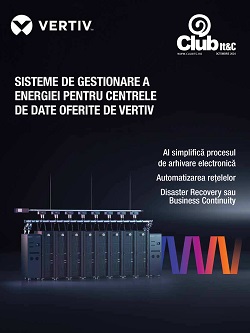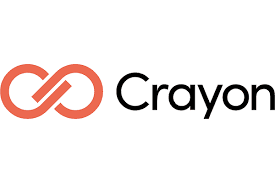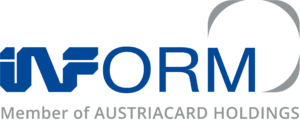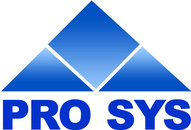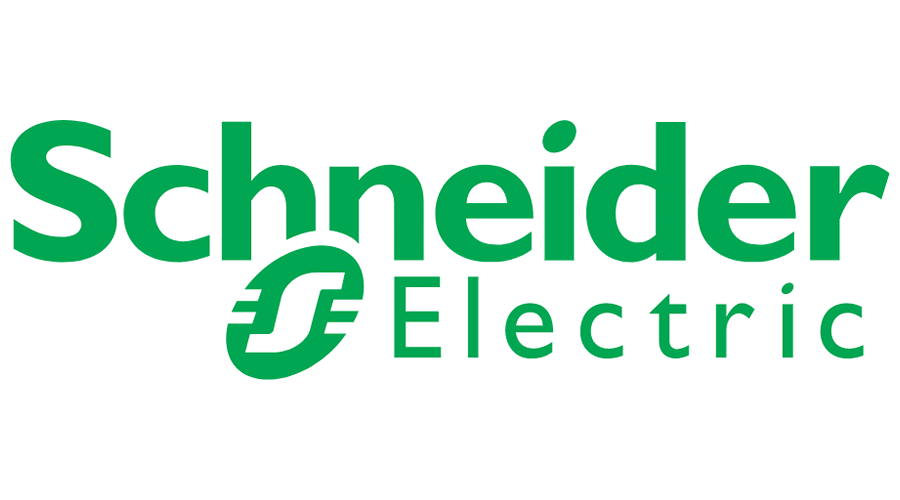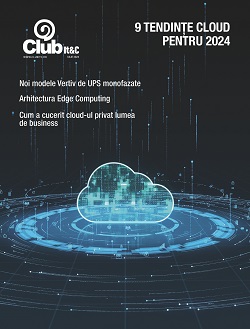The mandatory adoption of e-invoicing starting in January 2024 has generated unprecedented turmoil in Romania. The business environment was not prepared for this moment, according to the majority of surveys conducted last year. Even though e-invoicing had the advantage of two stages already rolled out (B2G transactions and transactions involving products with high fiscal risk were the first stages of e-invoicing in SAP Business One), the business environment was not ready for mass adoption.
One month after generalization, media discussions show that there are problems on all fronts, from the impossibility of obtaining and subsequently enrolling digital certificates to system blockages and the emergence of validation errors for which solutions have not been easily found.
e-Invoicing in SAP Business One
Since System Innovation Romania has assisted over 50 clients in the past two years in the e-invoicing enrollment process, we have learned a few lessons and tried to take a few steps ahead of the official deadline. To integrate the SAP Business One ERP system with e-invoicing requirements, we made a series of adjustments and configurations for mapping VAT rates, and units of measure, but especially for updating customer catalogs with billing address information, fiscal codes, EDI system integrations, etc. This data must comply with ANAF standards for invoices loaded into SPV to be validated. Experience over the past few years has shown us that most errors occur at billing addresses that do not adhere to the standard format.
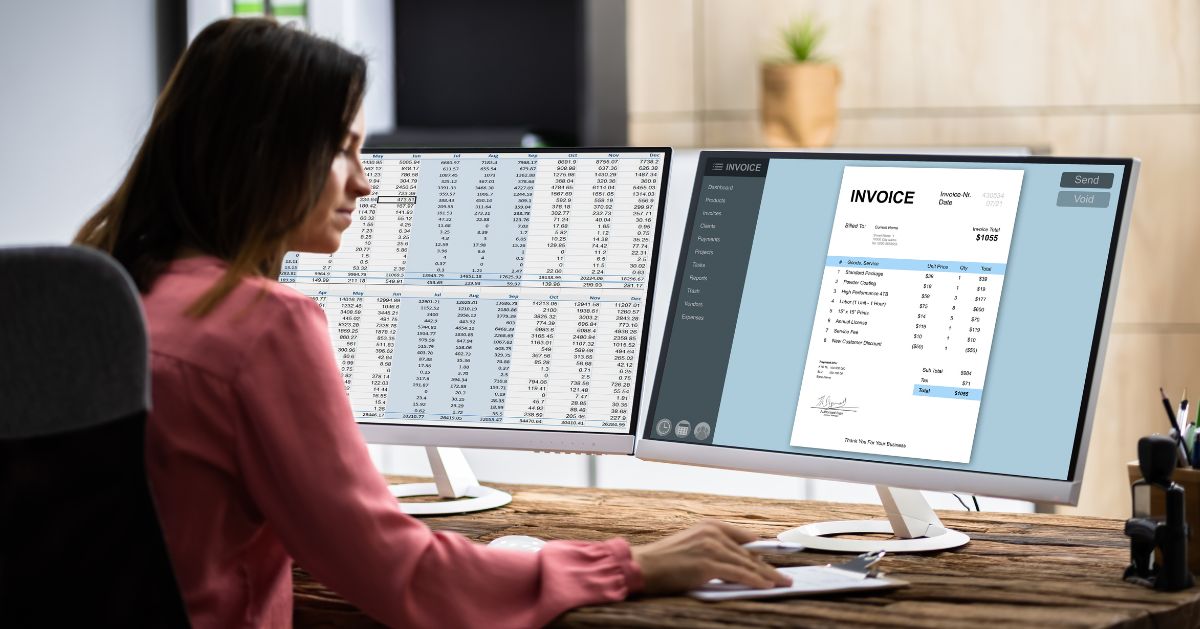 Currently in SAP Business One, sending invoices to ANAF’s SPV is automatic, meaning that there are no changes for users in the usual workflow. Invoicing operations proceed as usual (tax invoices, advance invoices, credit invoices), and the ERP system takes over the generated invoices and, based on certain criteria, sends them to ANAF’s SPV in real-time, once a day, or scheduled within the official five-day interval. We opted for a delay of 1-2 days for uploading because, once uploaded to SPV, invoices cannot be canceled or modified regarding due dates, addresses, etc. This allows users to validate invoices within this interval in a simple manner.</p>
Currently in SAP Business One, sending invoices to ANAF’s SPV is automatic, meaning that there are no changes for users in the usual workflow. Invoicing operations proceed as usual (tax invoices, advance invoices, credit invoices), and the ERP system takes over the generated invoices and, based on certain criteria, sends them to ANAF’s SPV in real-time, once a day, or scheduled within the official five-day interval. We opted for a delay of 1-2 days for uploading because, once uploaded to SPV, invoices cannot be canceled or modified regarding due dates, addresses, etc. This allows users to validate invoices within this interval in a simple manner.</p>
<p>In the next phase, invoices and XML files are uploaded to SPV, and the system automatically checks their status, and if validated, downloads the ZIP archive (individually for each invoice), which contains both the fiscal invoice in XML format and the digital signature. If error messages occur, SAP Business One sends alerts to relevant email addresses within the organization (people who are responsible for invoicing activities) to be corrected. After correction, the respective invoice is marked for resubmission to SPV, and the system retries the operation. This marking is necessary so that the system does not resend invoices that still have error messages.
Developments Planned
At this point, SAP Business One downloads invoices from ANAF’s SPV and archives them on the beneficiary’s server (ZIP and digital signature), automatically converts them to PDF, and emails them to responsible personnel in the financial department. In a future stage (end of Q1), we will automate the process of uploading invoices from suppliers into SAP Business One, both for repetitive and sporadic operations. Thus, for better management of e-invoicing in SAP Business One, we will optimize the entire process of transmitting and receiving invoices through ANAF’s SPV, with validation reports and correlation between transactions, invoices, suppliers, etc.
Observations and Recommendations
Alignment with e-invoicing is not a completed process. We recently participated in a technical seminar organized by ANAF with the main ERP developers, and the system will be improved. Even though there are customers who have managed to send up to 1000 invoices per day with SAP Business One, there are times when e-invoicing responds slowly. The first invoice in a set is sent and validated, but subsequent ones are not. Attention and constant checks are needed. We set up e-invoicing in SAP Business One so that the ERP system retries sending up to three times to avoid any confusion. Also, every company shouldn’t opt for real-time sending. At this stage, the sending time can be scheduled outside the usual working hours to avoid peak loads on e-invoicing servers.
From our analysis, the volume of invoices uploaded to ANAF’s SPV (over 98 million at the time of writing) is still low, and in the next two months, the number will increase because all companies will seek to avoid penalties that arise from April.
Our recommendation is to pay maximum attention to this process because there will be no postponements or derogations. For companies using SAP Business One, the process involves installing and configuring specific functionalities, and user training, but also conducting a set of tests to ensure that everything goes smoothly and that invoices are validated by the system. For System Innovation Romania customers using SAP Business One, we estimate that 2-4 weeks are needed for the complete implementation of this project.
There is no information in the market about any postponements for e-invoicing, as there have been for other similar systems (SAF-T, Ro e-Transport), and therefore, we consider March 31 as the deadline for having all invoices uploaded to ANAF’s SPV.
For any inquiries regarding managing e-invoicing in SAP Business One, please contact us as soon as possible.


